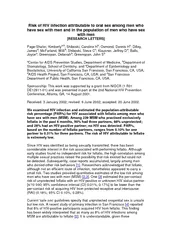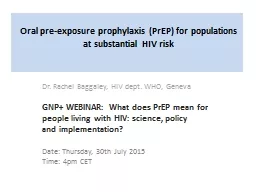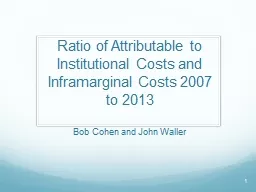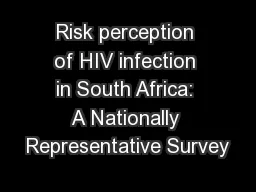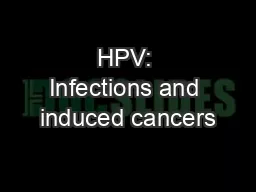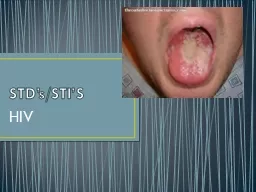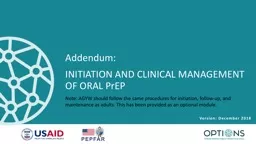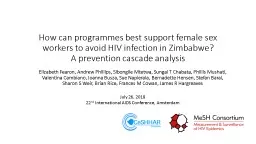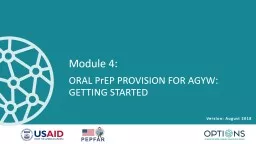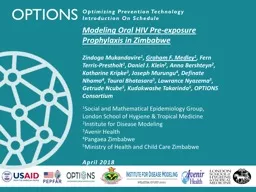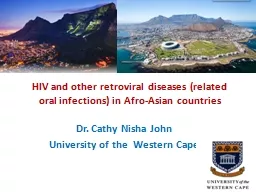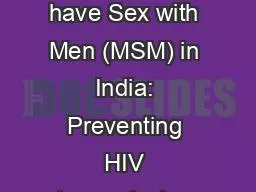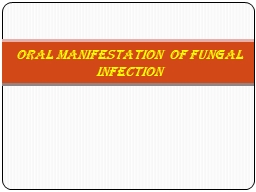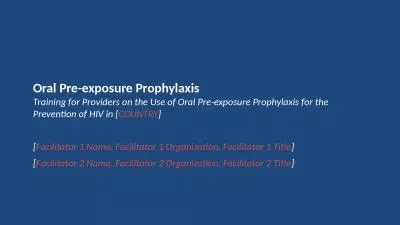PDF-Risk of HIV infection attributable to oral sex amon g
Author : pasty-toler | Published Date : 2015-06-17
Sponsorship This work was supported by a grant fro m NIDCR 1 R01 DE1291101 and was presented in part at the 2nd Na tional HIV Prevention Conference Atlanta GA 14
Presentation Embed Code
Download Presentation
Download Presentation The PPT/PDF document "Risk of HIV infection attributable to or..." is the property of its rightful owner. Permission is granted to download and print the materials on this website for personal, non-commercial use only, and to display it on your personal computer provided you do not modify the materials and that you retain all copyright notices contained in the materials. By downloading content from our website, you accept the terms of this agreement.
Risk of HIV infection attributable to oral sex amon g: Transcript
Download Rules Of Document
"Risk of HIV infection attributable to oral sex amon g"The content belongs to its owner. You may download and print it for personal use, without modification, and keep all copyright notices. By downloading, you agree to these terms.
Related Documents

